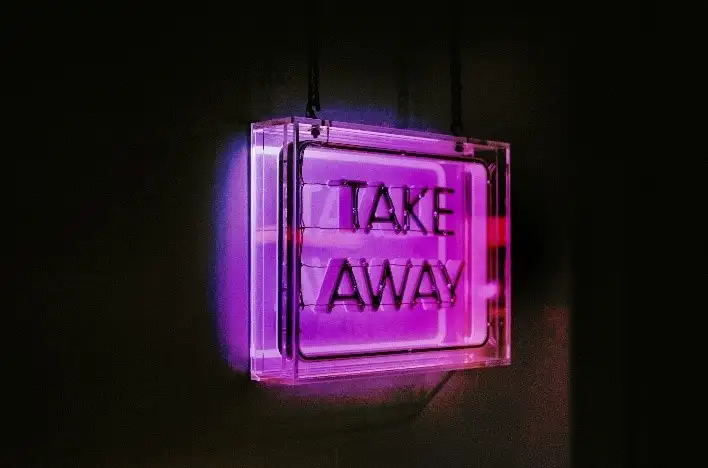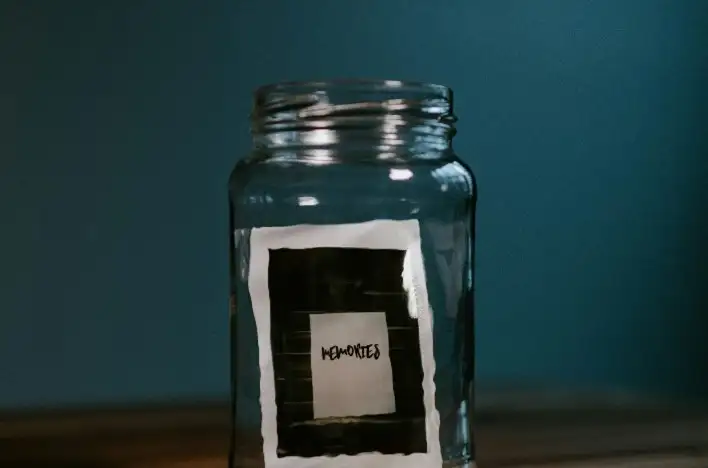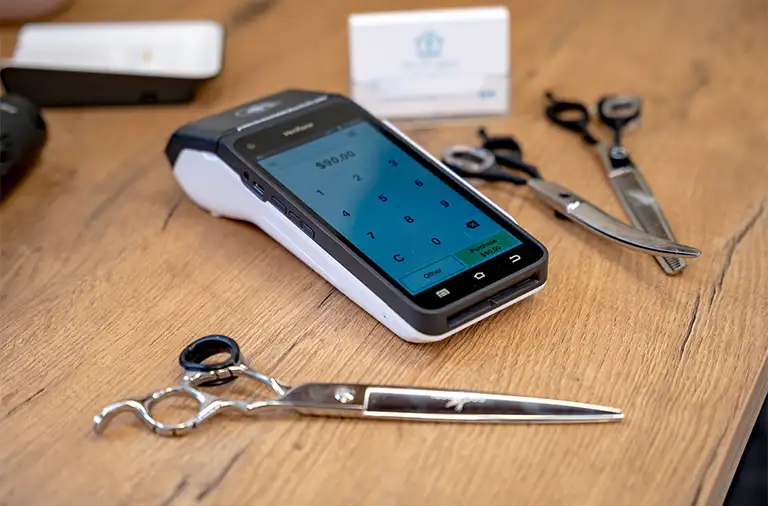The post-lockdown sugar rush has (finally) come to an end
Our transactional data shows that spending declined 9% in the March quarter, the first time since the lockdown ended. Some may have seen the bottom of their lockdown savings. And spend may have been impacted by the alert levels being tightened during February, particularly in Auckland. Annually, spending is still up 42%. Our spending figures are inflated by the structural shift away from cash as a means of purchase. So a grain of salt is needed.
Economic activity is unavoidably disrupted when restrictions are tightened
In the span of three weeks, Auckland faced two snap lockdowns in February. Although we have learned to live and work through various alert levels, economic activity is unavoidably restricted in lockdown. Our daily spend data shows just how disruptive the lockdowns were on Auckland’s economy. The service industry was hit hardest, as restaurant spend flatlined. Spending on fuel plunged as travel was limited to essential only. But activity bounced as Auckland sailed out of lockdown, and the America’s cup attracted thousands to the viaduct.
The long-awaited Aussie travel bubble will see many Kiwis leave, but more Aussies arrive
Last year, demand was especially strong for household contents and furnishings. But there appears to be a limit to the number of pools we can fit in the backyard, or how many times we need to repaint the house. After a year of renos and repairs, there’s nothing left on the to-do list. Demand for household-related spend fell 21% in the March quarter. Overseas travel, to Australia at least, is now back on the cards. The decline in spend may suggest that some have begun filling up the jar once again, ready for when our door is creaked open.
Adapting to the new way of working
Covid lockdowns have opened up the world of working from home. One year on, and the WFH movement is here to stay. Demand for online services including skype, remains elevated. The success of the remote working experiment has prompted many organisations to formally adopt flexible working practices. Office equipment spend rose 51% in January as many geared up for a new year, and a new way of working.
Creaking the door open with travel bubbles
Domestic spend on hospitality and accommodation started 2021 strong as many of us were still on holiday. Domestic hospitality spend down in February. As the children went back to school, the tourism industry was left with a gaping hole. February and March are ‘normally’ the peak period for international tourist spend. Greater domestic tourism has helped to keep pockets of the tourism sector running. But high value international tourists were conspicuously absent, especially outside weekends and public holidays. Official StatsNZ data reveals that hospitality spending was down 16% in Feb 2021, compared to Feb 2020, due to a lack of tourists.
The prospect of a Trans-Tasman travel bubble is a positive development. We’ve passed the peak for international arrival numbers. But after a year of closed borders, there’s a lot of pent-up demand for overseas travel. The travel bubble sends a lifeline to key tourist hotspots, such as Queenstown. It’s the anticipated boost the tourism sector needs.
Coming down from the spending sugar high
The resilience of household spending has surprised us, and has been a key driver of the Kiwi economy’s post-lockdown recovery. The splurge in spending over the second half of last year lasted much longer than expected. But now we have seen a pullback.
- Kiwibank’s transactional data suggests that the 2020 spending sugar rush might be coming to an end. Domestic spend declined 9% in the March quarter, the first time since the first lockdown ended. The buffer of household savings built up over the initial lockdown may be eroding. And digging through the details, most high-level spend categories were on a downtrend.
Annually, spending is still up 41.8%, albeit likely inflated due to a structural shift away from cash as a means of purchase.


Auckland sails out of lockdown
Spend unavoidably took a hit when Auckland was twice put under level 3 lockdown. Restaurant spend plateaued, as ‘dining in’ was prohibited. Spending on fuel dropped as Aucklanders worked from home, and travel to the regions was limited to essential only. Spend has since bounced as Auckland bounced out of the Level 3 lockdowns. But many businesses in the CBD continue to struggle.
The America’s Cup was a godsend for Auckland’s hospitality scene. Each race day, the viaduct was packed. And the final day of sailing saw a higher than usual restaurant spend for a Wednesday.



All done, now what?
There’s a limit to how many pools and pizza ovens can fit in the backyard, and after a year of repairs, there’s nothing left to fix. Demand for home furniture, electronics and hardware appears to have peaked in the December quarter. Household-related spend fell 21% in the March quarter.
Prospects of a travel bubble may be spurring some to resume planning trips overseas. The decline in spend may suggest that some have begun filling up the jar once again, ready for when our door is creaked open.



The new way of working
The lockdown has opened up the world of working from home. One year later, and the WFH movement is here to stay. We may still be talking on mute and trying to keep our children out of frame, but we’re more productive with this new-found flexibility. Demand for online services, including Skype, remains elevated. Office equipment spend rose 51% in January as many geared up for a new year of a new way of working. We’ve also witnessed a tec(h)tonic shift toward digital commerce. A trend already in pace.



Flight mode switched off
Domestic spend on hospitality and accommodation started 2021 strong as many of us were still on holiday. But we’ve since returned home and packed away the Xmas decorations. The Auckland lockdown may also have played a part, with domestic hospitality spend down in February. The tourism sector needs high value international tourists whose spend is not limited to the weekends and holidays. Official StatsNZ data reveals that hospitality spending was down 16% in Feb 2021, compared to Feb 2020, due to a lack of tourists.



Better late than never
Drawbridges on either side of the Tasman have been firmly upright for over a year. Naturally, there’s a lot of pent -up demand for overseas travel waiting to be released. Like Kiwi, many Aussies will relish an opportunity for a break across the ditch, to visit friends and family not seen since before Covid.
Trans-Tasman travel is set to begin as of April 19. While an April travel bubble comes too late for the tourist summer season, it would provide some of our key tourist hotspots such as Queenstown, with hope as we head towards the ski season. And by country Australia is our largest tourist market by volume and total spend. In 2019, Aussies made up 40% of international visitors, with spend of $2.7bn.
We expect some Kiwi to leave when the bubble is formed, especially if it is expanded to include the Pacific Islands. But the Kiwi economy, the travel bubble will be a net benefit.


Video summary

Modal to play video
All content is general commentary, research and information only and isn’t financial or investment advice. This information doesn’t take into account your objectives, financial situation or needs, and its contents shouldn’t be relied on or used as a basis for entering into any products described in it. The views expressed are those of the authors and are based on information reasonably believed but not warranted to be or remain correct. Any views or information, while given in good faith, aren’t necessarily the views of Kiwibank Limited and are given with an express disclaimer of responsibility. Except where contrary to law, Kiwibank and its related entities aren’t liable for the information and no right of action shall arise or can be taken against any of the authors, Kiwibank Limited or its employees either directly or indirectly as a result of any views expressed from this information.




